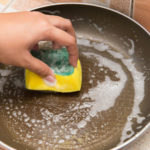Is non-stick pan safe?
A non-stick pan is a type of cooking pan that is coated with a layer of non-stick enamel on the surface. This coating makes cooking and cleaning easier as food does not stick to the pan’s surface. The non-stick layer is made of a polymer that is safe for human consumption. However, it is important to use the non-stick pan correctly to ensure safety. If the pan is exposed to high heat and begins to burn or decompose, it can release toxic substances.
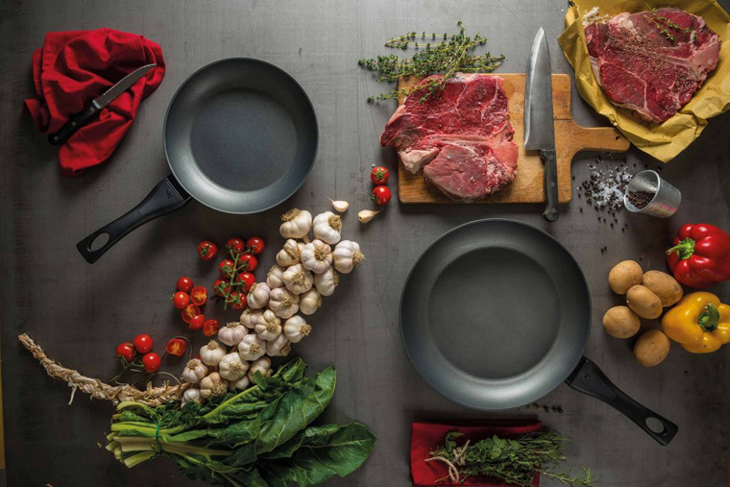
Non-stick pan is a safe cooking tool if used correctly
Causes that make non-stick pan toxic
Poor quality pan
There are many low-quality non-stick pans available in the market, which are produced and sold at competitive prices. It is important to be cautious when purchasing non-stick pans of unknown material or origin, as they can make the food cooked in them more toxic and potentially harmful.

Improper use of pan
Improper use of a non-stick pan can also make it toxic. Using rough cloths to clean the pan or placing heavy objects on the pan can cause the non-stick layer to peel off and reduce the pan’s lifespan.
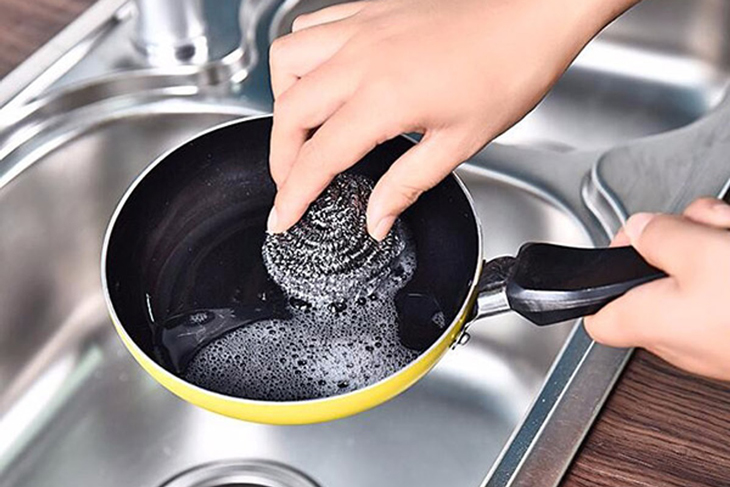
Cleaning the pan with a rough cloth can make it toxic.
Long-term use of pan
Using a non-stick pan for a long time can also make it toxic. If the non-stick layer peels off or loses its non-stick ability, it is important to replace the pan. Continuing to use a pan with these signs can make it difficult to clean, affect the taste of the food, and potentially harm the health of your family.

How to use non-stick pan correctly to ensure safety
Do not wash the non-stick pan while it is still hot
It is important to let the non-stick pan cool down before washing it. Washing a hot pan can cause sudden temperature changes, which can deform the pan and cause the non-stick layer to peel off. It is recommended to let the pan cool down and soak it in water with a little dishwashing liquid for about 30 minutes before cleaning.

Do not use metal scrubbers to clean
Using metal scrubbers to clean a non-stick pan can scratch and peel off the non-stick surface, making the pan quickly damaged and the food cooked in it more susceptible to toxic substances. It is recommended to use a soft cloth, sponge, or soft-bristle brush for cleaning.

Use a sponge to clean the non-stick pan.
Do not leave the pan at high temperatures without food
Using high heat with a non-stick pan can cause the non-stick coating to decompose and release toxic molecules. It is recommended to only use low and medium heat and not leave the pan on high heat without food or oil.
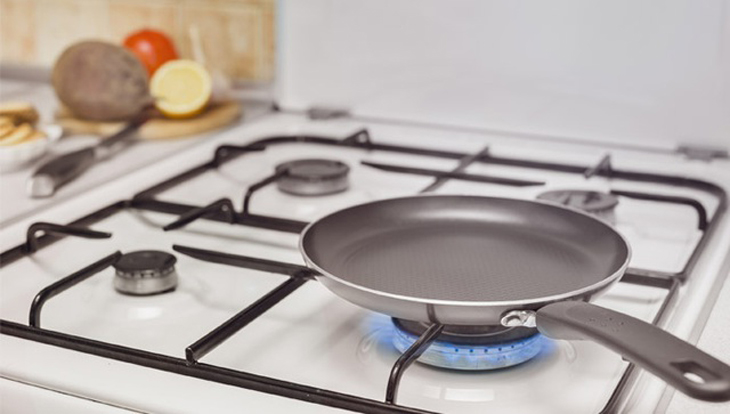
Do not use metal utensils to flip food
Using metal utensils to flip food in a non-stick pan can scratch and peel off the non-stick surface, causing harm to your health. It is recommended to use wooden utensils instead.

Use wooden utensils to flip food
Replace when the non-stick surface of the pan is damaged
If the non-stick layer of the pan peels off or the pan loses its non-stick ability, it is important to replace the pan immediately to prevent health hazards. Manufacturers recommend not using the pan for more than 3 years and replacing it once every 1-2 years for health and safety.
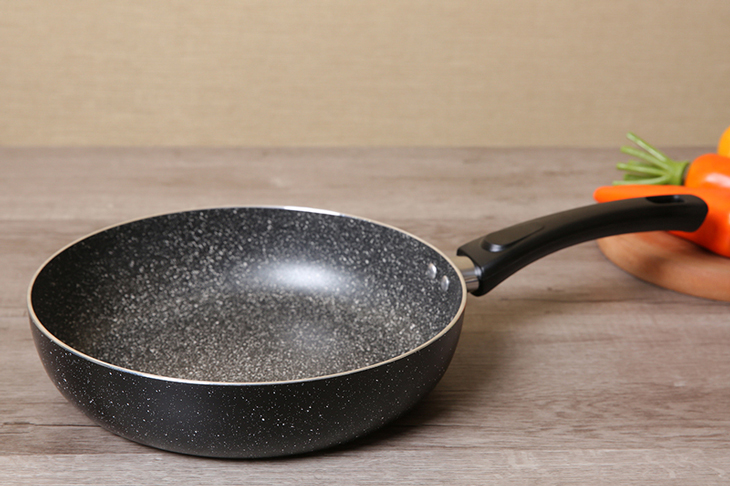
A non-stick pan is a useful and safe cooking tool if used correctly. It is important to use durable and safe non-stick pans and replace them when necessary for the health and well-being of your family.

























